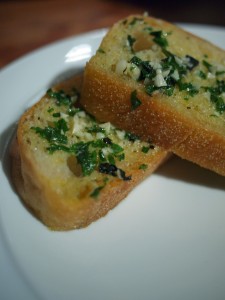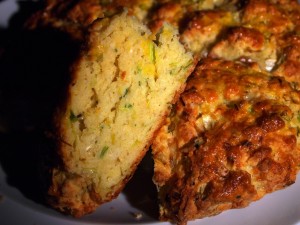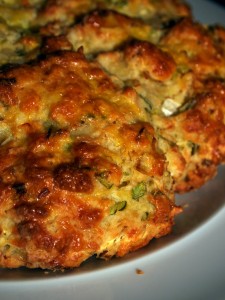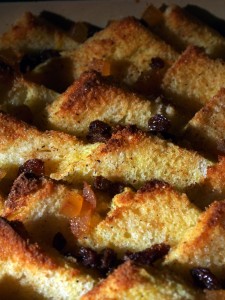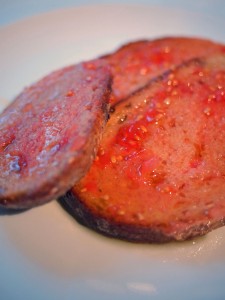
It’s a total mystery to me how Catalan cuisine, out of all the cuisines in the world, could have given birth to the ultra-complicated school of molecular gastronomy headed up by Ferran Adria. Catalan cooking, in its non-molecular state, is centred in simplicity and great ingredients; there’s a growing collection of super-simple tapas here on Gastronomy Domine, all of which are typical of the region.
My newly minted sister-in-law, Katie, has family in Barcelona and studied Catalan at university. She and my brother married just outside Barcelona, which afforded them the perfect opportunity for a wedding meal made up of course after course of delicious tiny nibbly tapas, alongside a whole leg of Iberico ham (complete with a knife-wielding dude to carve it), three enormous dishes of paella cooked over propane burners and enough fruit tart (standing in for wedding cake) to sink an armada.
Pan con tomate, as you’ll have guessed if you’ve ever visited Barcelona, was on the wedding table (alongside chorizo al vino, padron peppers, positive gallons of sangria, and some garlicky prawns, croquetas, boquerones and other bits and bobs I’ll blog recipes for later on). It might just be the recipe with the best ease-of-making to total-deliciousness rating ratio in the world. I’m not even going to list amounts below – it’d go against the whole nature of the thing.
Quality of ingredients is always important, whatever you’re cooking; but if you’re making something this simple it becomes absolutely paramount. You should look for a really dense bread (not wholemeal) with a decent chewiness to it. And the tomatoes – hoo boy. There is no point in making this recipe at any time of year when you can’t get a decent supply of juicy, fresh, large tomatoes. You’re best off by far with tomatoes from your own greenhouse, and the things that resemble red potatoes from the supermarket should be avoided at all costs. Reckon on using half a tomato on each slice of bread. Your garlic should be plump and unblemished, and your olive oil the very best you can get your hands on.
You’ll need:
Good sourdough bread
Garlic
Very ripe, large tomatoes
Extra-virgin olive oil
Salt (I like Maldon salt here)
Grill the slices of bread until golden, and rub each slice with the garlic pieces, which will wear down to nubbins as you go. Cut a tomato in half and rub it on a garlicky slice of bread, pushing as you go to make sure the juices and seeds are pressed into the piece of bread. Discard the pulp.
Pour a generous slug of olive oil over each slice of tomato bread, and sprinkle with a little salt.
These are fantastic just on their own, and can be made even better by laying a slice of raw Iberico ham on top before taking a bite.

